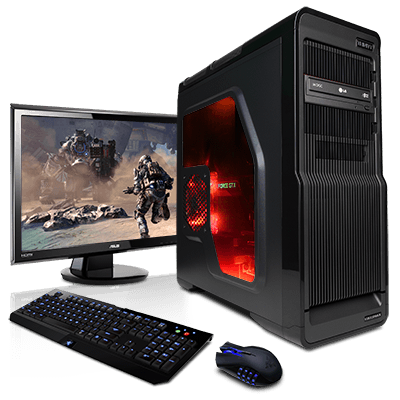
Steel Division 2 Review
Eugen Systems
When it comes to strategy games, World War 2 can be a tough nut to crack. Whilst modern warfare includes the ability to strike from hundreds of miles away, WW2 was mainly fought more close-up on battlelines. Eugen emulates this perfectly in their new release, Steel Division 2, with its color-coded battleline system that systematically shifts every time opposing units wither make ground, or withdraw.
Steel Division 2 is the follow-up to their previous effort, Steel Division: Normandy ’44, which was a great game itself, but suffered from a dwindling player population over its short lifespan. The good news is that owners of Steel Division: Normandy ’44 will be able to access four unique brigades that they can play with in Steel Division 2.

Steel Division 2 features the same combined arms warfare that its predecessor did. You’ll still be maneuvering infantry, armor, and artillery across large-scale maps in real-time, with occasional air conflicts thrown in for good measure. However, this time around, the maps are ever bigger which allows for the increased offensive range of all of the game’s units.
In line with Eugen’s typical hyper-attention to detail, the major forces of the Eastern Front—Germany and Russia—bear subtle differences. While the Russian forces, largely conscripted, field superior numbers, they lose morale rather quickly in combat. On the other side of the equation is the mighty Wehrmacht, which is outfitted with superior equipment and has better training, but is war-weary after many a campaign.
There are an astounding eighteen new divisions that come with the base game, and an additional two that come with the special, pre-order package. As with the previous game, in Steel Division 2 you assemble your armies with a handy deck-building system. You can customize each of them as far as their level of veterancy (higher veterancy means a lower amount of that unit available) they are, to what kinds of vehicles you want your infantry to traverse the battlefield in.

Steel Division 2 also comes with a new Army General mode. This single-player affair lets you experience the game in a four-part campaign series that covers Operation Bagration. Operation Bagration was the critical tipping point of WW2 when the Russian forces finally broke through the German frontline during the summer of 1944 in a massive counter-offensive.
In this mode, you’ll maneuver your forces over a sprawling campaign map and try to outmaneuver your foes. When the battle is joined, the game switches to the overhead, tactical mode and you can manage all of your units individually (you can also auto-resolve conflicts as you see fit).
Tactical battles are played out over a series of three phases—A, B, and C. As time goes on, players can bring increasingly powerful military elements to bear thought each phase, such as super-heavy tanks and the most dangerous infantry units in the game.
The series’ cover system is still relatively untouched from the last game, and you’ll want to make use of not only hard cover, but also concealment, in order to hide your units from the enemy’s line-of-sight.

Due to Steel Division 2’s expanded scale, artillery can be both a boon for your forces, or a real threat in the hands of your enemies. As a matter of fact, as many other critics of the game have pointed out, the AI can often exploit artillery spamming because of its advantage of controlling all of its units simultaneously. In other words, in many cases you’ll find yourself being blown to smithereens with pinpoint accuracy from across the map.
Another minor gripe is the rather artificially imposed time constraints of the A, B, and C phases. I understand that Eugen is attempting to simulate increasingly powerful reinforcements in warfare, but having only ten minutes for the A and B phases can make battles fly by a little too quickly and before you know it, everyone has their most potent units on the field.
I’m more of a fan of the standard point-gain formula that most RTS titles utilize. Base-building would have also been another fun addition, but for some odd reason, modern game developers seemed to have abandoned that age-old mechanic (even though that’s one of the most requested features that contemporary strategy gamers want to see).

Even with its few niggling flaws, Steel Division 2 is a brilliant strategy game which will most certainly scratch a strategy gamer’s WW2 itch. It’s combination of stellar graphics, tense and complex battles, vast repertoire of units, and overall polish leaves little to be desired.
SCORE: 84%
Steel Division 2 features some pretty nice looking graphics that make its WW2 gameplay truly shine. However, you want to have a pretty beefy gaming PC or gaming laptop in order to play it at a decent framerate. So, you may just want to invest in a decent gaming rig:

Visit CyberpowerPC’s website to check out all of the other great deals as well!